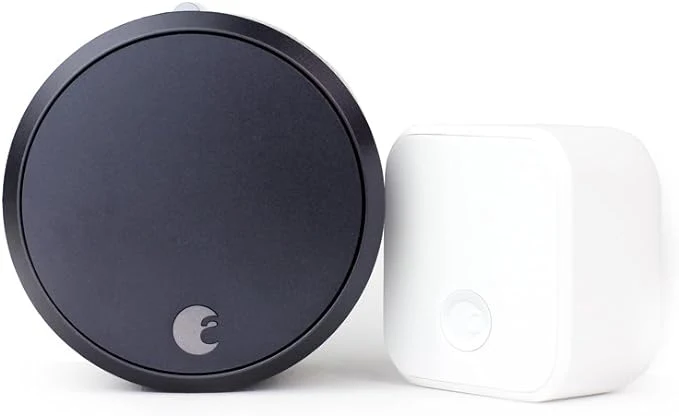In an era where sustainability and environmental consciousness are more important than ever, transforming office spaces to incorporate green elements is both a responsible choice and a smart business strategy. Green offices not only reduce environmental impact but also boost employee well-being, enhance productivity, and create a more inviting workspace. Here are some innovative and practical ways to seamlessly integrate green elements into your office environment.
1. Incorporate Indoor Plants
One of the simplest and most effective ways to bring nature indoors is by adding indoor plants. They improve air quality, reduce stress, and add aesthetic appeal. Consider low-maintenance plants like snake plants, pothos, or succulents that thrive in office conditions. Vertical gardens or plant walls can make a bold statement while optimizing space.
2. Use Eco-Friendly Materials and Decor
Opt for furniture and office supplies made from sustainable or recycled materials. Bamboo desks, reclaimed wood shelving, and biodegradable planters are sustainable choices. Incorporating natural textures and materials enhances the organic feel of the workspace.
3. Maximize Natural Light
Design your office layout to maximize natural light. Large windows, skylights, and glass partitions reduce the need for artificial lighting during the day, saving energy and creating a bright, lively environment. Use light-colored walls and reflective surfaces to amplify daylight.
4. Install Green Roofs and Terraces
If feasible, green roofs or rooftop gardens can significantly impact the building’s energy efficiency by providing insulation and reducing heat islands. These spaces can also serve as relaxing outdoor areas for employees, boosting morale and creativity.
5. Implement Sustainable Technology
Use energy-efficient appliances, LED lighting, smart thermostats, and motion sensors to reduce energy consumption. Encourage the use of digital documentation to cut down on paper waste. Additionally, consider installing solar panels if the building’s structure allows.
6. Create Green Break Areas
Designate areas with natural elements such as water features, plants, and natural materials where employees can unwind. These spaces promote relaxation and mental well-being, contributing to a healthier work environment.
7. Promote Recycling and Waste Reduction
Set up clearly labeled recycling stations and encourage a zero-waste policy. Use reusable containers, coffee cups, and office supplies. Educate staff about sustainable practices to foster a culture of environmental responsibility.
8. Incorporate Green Walls and Vertical Gardens
Living walls not only improve air quality but also serve as stunning visual features. They can be customized to fit various office sizes and styles, creating a vibrant, eco-friendly ambiance.
9. Use Eco-Friendly Paints and Finishes
Select paints, varnishes, and finishes that are low in volatile organic compounds (VOCs) to improve indoor air quality. Natural or non-toxic finishes contribute to a healthier workspace.
10. Foster a Sustainability Culture
Encourage employees to participate in green initiatives such as carpooling, biking, or participating in local environmental projects. Recognition programs and sustainability workshops can motivate everyone to embrace greener practices.
Integrating green elements into the office is more than just an aesthetic upgrade—it's a strategic move towards sustainability, employee well-being, and operational efficiency. By thoughtfully incorporating plants, eco-friendly materials, natural light, and sustainable technology, offices can become vibrant, healthy, and environmentally responsible spaces. Embrace these smart strategies to lead your organization toward a greener future.












